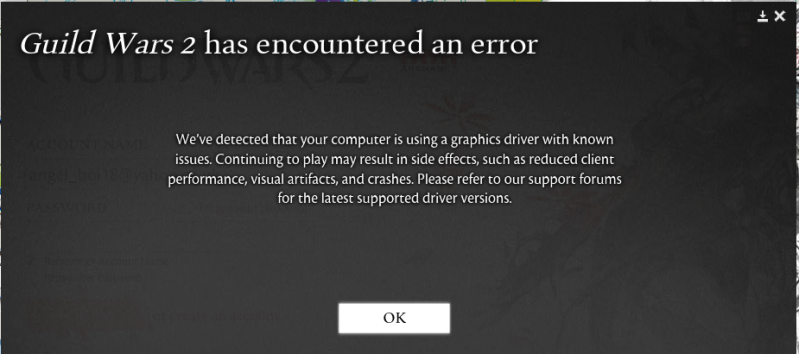Advanced Lighting
DiRT Showdown™ implements an all new rendering system, similar to that demonstrated in AMD’s “Leo” demo (also known as Forward+). In short this allows all lights in the scene to be truly dynamic lights, rather than just the age old hack of rendering 2D glows. This is achieved by building global lists of all lights in the scene, and then using DirectCompute to produce a culled light list for tiled regions of the screen. During the actual Pixel Shader lighting phase, only the culled light list for a given pixel is processed. This makes it possible to have thousands of dynamic lights in a scene and still achieve playable frame rates.
Global Illumination
In addition to the “Advanced Lighting” render path implemented in this title, Codemasters has gone one step further, and added support for Global Illumination. In essence this is an extension of what is made possible by the new way lights are handled by the engine. To achieve this effect the engine renders a Reflective Shadow Map (RSM) of the scene, taken from the point of view of the Sun. The RSM contains Position, Normal and Diffuse Color. The engine then uses DirectCompute to spawn a list of Virtual Point Lights (VPLs), for all of the positions contained in the RSM, and uses the Normal and Diffuse Color, to simulate light being reflected from all surfaces in the scene. This list of VPLs is then passed through the engine along with all the other dynamic lights. The result is a stunning improvement in visual quality.
Shader Model 5.0 Contact Hardening Shadows
This is a very high quality shadow filtering technique that computes the average distance of a shadow pixel from its casting blocker. Using this distance the effect accordingly decides how hard or soft the shadow pixel should be. The nearer a pixel is to its blocker, the harder the shadow. This technique much more closely mimics shadows from the real world. In DiRT Showdown™ this technique has been significantly improved in both performance and quality.
DirectCompute Accelerated High Definition Ambient Occlusion
DiRT Showdown™ implements a new and improved version of HDAO that uses full 3D camera space position data to detect valleys in the scene that should be shaded darker, and attenuates the lighting based on valley angle. Since this effect is expensive, it is computed at half screen resolution. In order for the half resolution HDAO buffer to be re-matched with the main color scene, a DirectCompute accelerated bilateral dilate and blur is performed to ensure that AO properly meets objects from the full screen resolution scene. In DiRT Showdown™ this technique has been significantly improved in both performance and quality.


